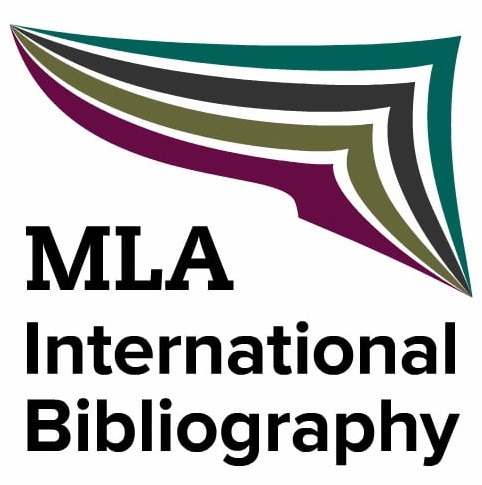The Narration of Photography on the Example of Selected Famous Photographs
DOI:
https://doi.org/10.13135/2281-6658/3108Parole chiave:
Photography, Narration, Visual Rhetoric, Visual AnalysisAbstract
In the theory of photography we can find several primarily literary or rhetorical categories. These are terms such as: narration, theme, composition, style, as well as some stylistic means such as: metaphor, comparison, symbol, gradation and others. The same categories will be found in many other areas of art, both visual and verbal. In that case both literature and photography are various forms of communication. The common purpose of them is to tell the audience the fascinating story, to delight, to make moved or to amuse them. The article will be an attempt to answer the question: “What history do photographs tell us?” This is also an attempt to transfer the literary category, “narration” into the visual plane. Of course, this is possible with the assumption that literary and “photographic” narrations use different materials, but have a common essence and purpose—to tell a story that will be interesting and credible to the recipient. In the paper will be used methods of visual rhetoric which is evolving now. This discipline just merges the verbal sphere (in antiquity it was the theory of politic and literary prose) and visual. This is the field which analyses the effect of the message—including the photo on the recipient. It will be an attempt to analyse the narration of photographs by famous photographers like Dorothea Lange, Joe Rosenthal, Marc Riboud, Robert Capa, Charles C. Ebbets, and Kevin Carter.Downloads
I dati di download non sono ancora disponibili.
##submission.downloads##
Pubblicato
2018-12-25
Fascicolo
Sezione
Focus | Theories of the Phototext
Licenza
Gli autori mantengono i diritti sulla loro opera e cedono alla rivista il diritto di prima pubblicazione dell'opera, contemporaneamente licenziata sotto una Licenza Creative Commons - Attribuzione che permette ad altri di condividere l'opera indicando la paternità intellettuale e la prima pubblicazione su questa rivista.







